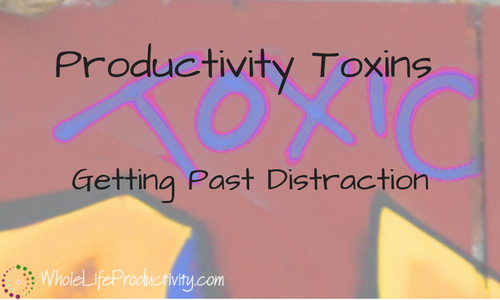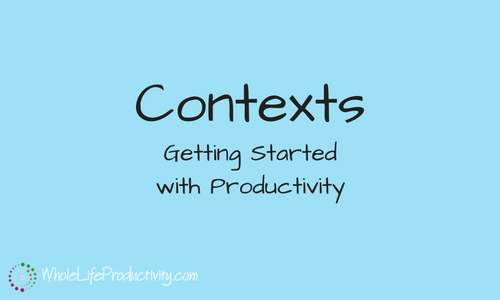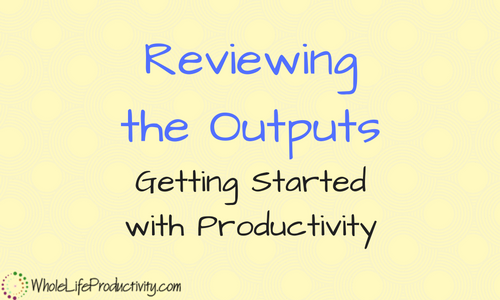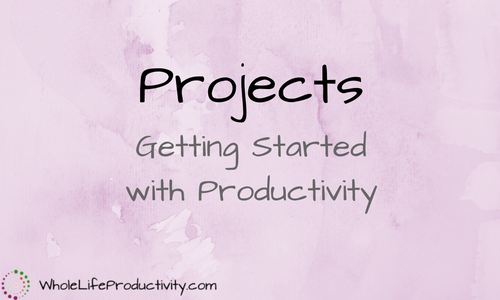Theme Words: An Easy Way To Keep Yourself On Track
What would you think if I told you that choosing and seeing a single word to represent what you hope to accomplish would make an incredible difference in your progress toward your goals? Theme words will.
Tips For An Efficient and Effective Day
This graphic was so spot-on I felt I had to share. (Source: air-it.co.uk)
Productivity Toxins: Getting Past Distraction
Anybody out there every procrastinate? Raise your hand. No, you don’t need to look around. Yep, just as I thought. Everyone. We all know about procrastination. What you may not know is that there are procrastination toxins...people and things and situations that turn the possibility of procrastination into certainty. Today we will look at these productivity toxins and how to fix them.
From Laura’s Desk – 12 October 2016
Sometimes email and texting are great. But not always.
What’s Your Context? Getting Started With Productivity
My task list gets big. Fast. And if I don’t have a way to weed out what I am seeing, I get paralyzed. Contexts are the answer.
Reviewing the Outputs: Getting Started With Productivity
We’ve talked about inputs and outputs and how they relate to a productivity system. But when it is all boiled down, inputs and outputs are are just parts. It’s all about the doing...and knowing what to do when. That’s where reviewing the outputs comes into play. Productivity is all about keeping the most important things in front so that they don’t get lost in the urgent.
Projects: Getting Started With Productivity
It’s a simple word: project. Yet it’s a loaded one. Projects are defined as anything that has more than one step to massive undertakings that need multiple people and charts that span multiple sheets of paper. Most of us are not on that last part of the scale. And honestly, treating a simple project to the full blast of project management is overkill. Believe me, I’ve tried it. I wanted to put my project management training to the test. And what I found is that personal projects are always much simpler and require less “management” than one might think.
Outputs: Getting Started With Productivity
In any system, things get taken in (inputs), something happens, and things come out (outputs). If there are no inputs, the system dries up; if there are no outputs the system will explode. That’s a year of system theory boiled down, folks. Productivity systems are no different. We have our inputs, which we talked about two weeks ago (Inputs: Getting Started with Productivity). So the next step is to consider what we need as outputs, so that we can figure out what has to happen in the system.






